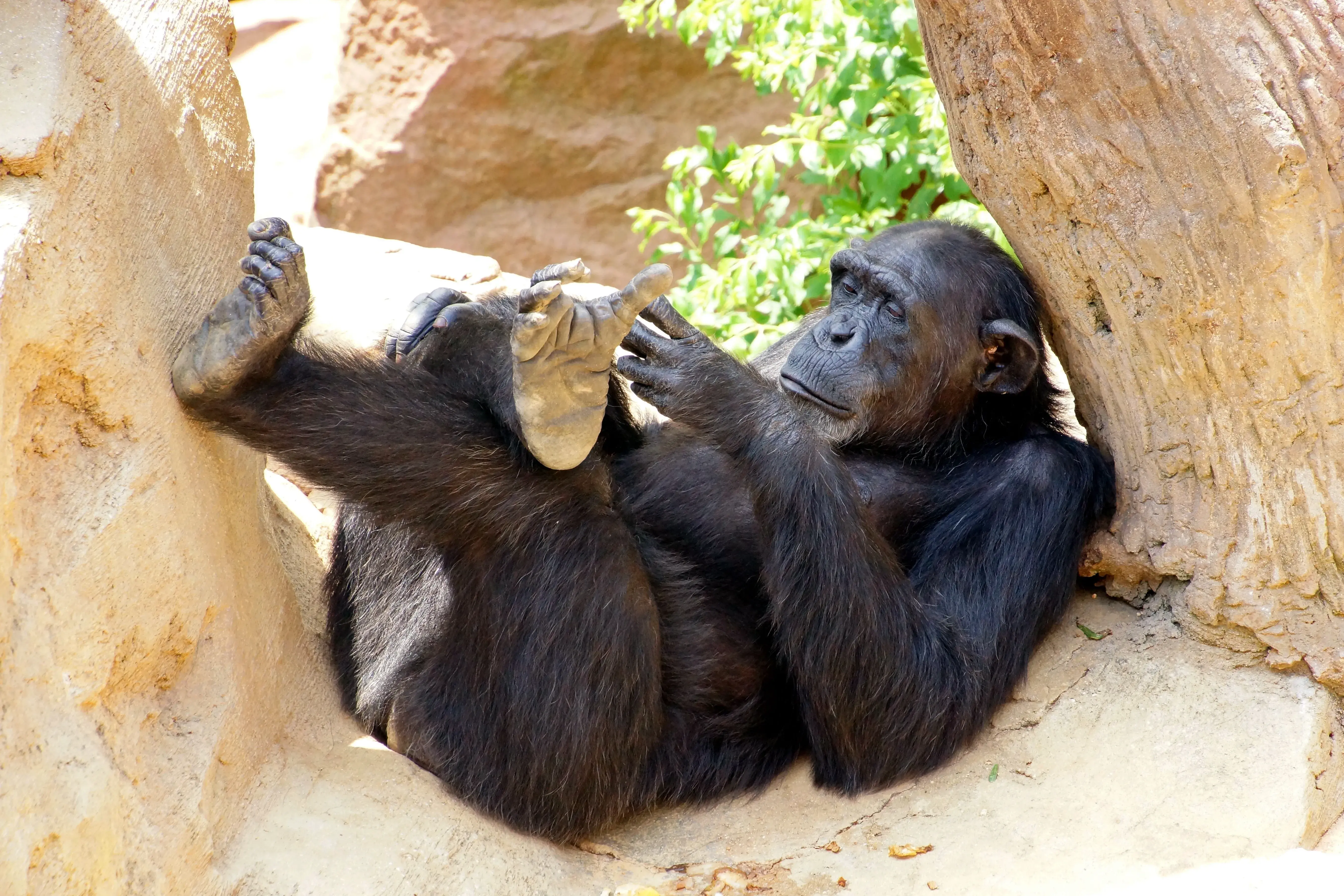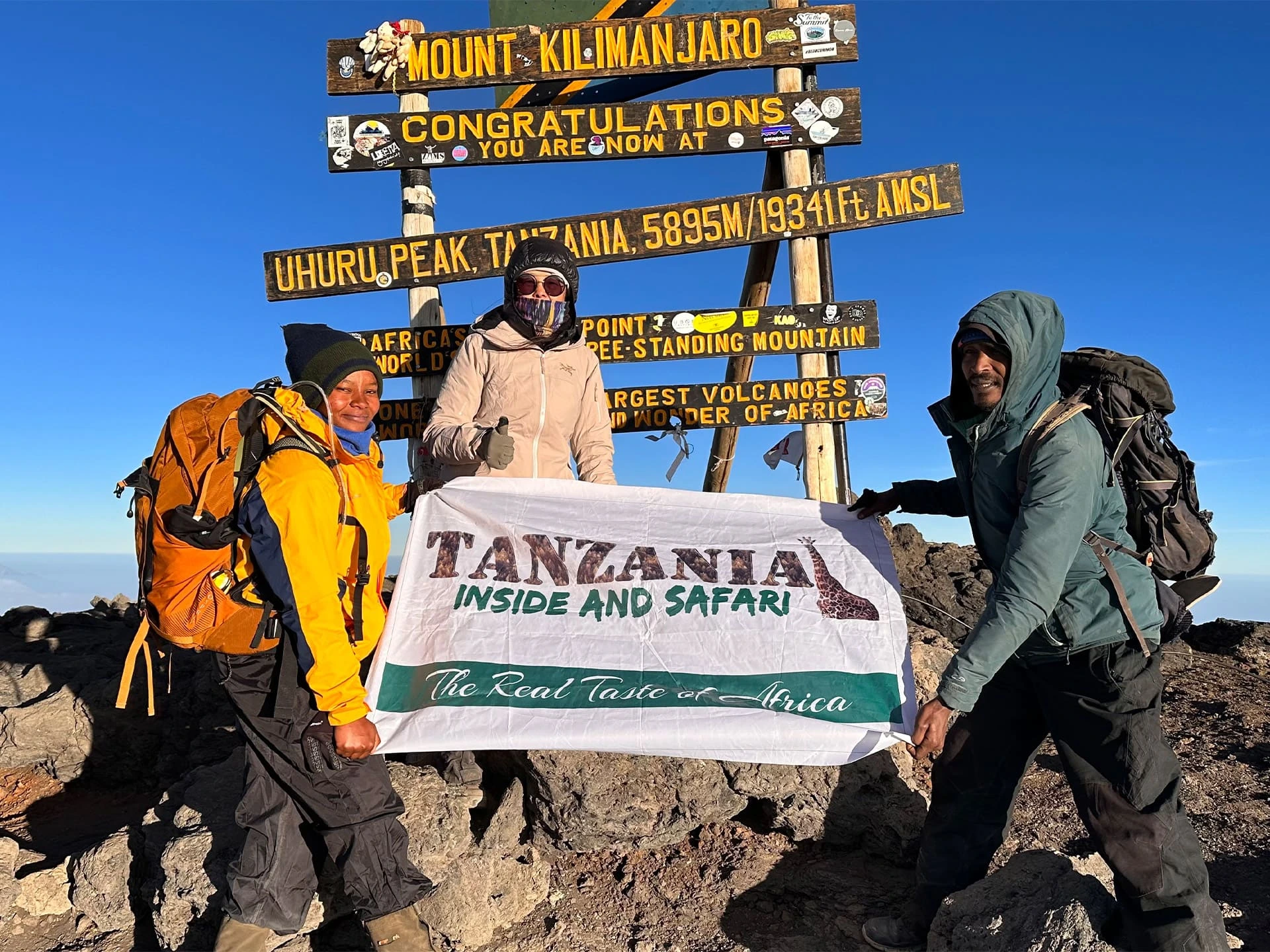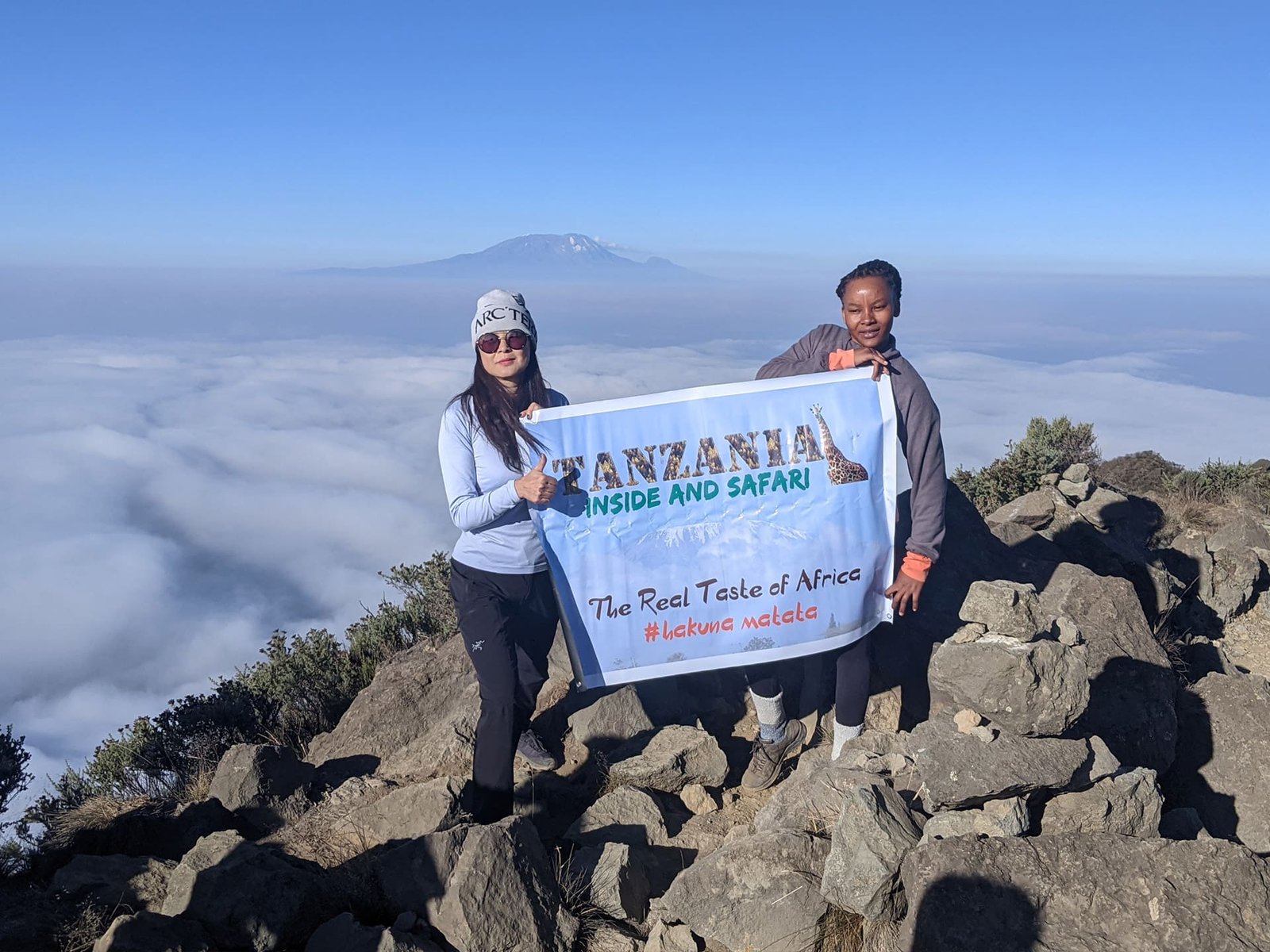
lemosho route Kilimanjaro
The Lemosho Route is often considered the most beautiful of all the trekking trails up Mount Kilimanjaro. It crosses the entire Shira Plateau from west to east in a pleasant, relatively flat hike. Crowds are low until the route joins the Machame route near Lava Tower.
read more
close
It is one of the newer routes on the mountain and shares a portion of the same path as Machame route, although it holds a few advantages over that route that definitely make worth considering, particularly for travelers who have some extra time.
Starting the western flanks of Mount Kilimanjaro at the Londorossi Gate, the Lemosho Route wanders its way up one of the more remote sections of the mountain.
The trail takes hikers through a beautiful rain forest where they might have the chance to spot wildlife along the way. Black and white colobus monkeys are routinely seen in the forests, as are blue monkeys, small lizard and a wide assortment of birds. From there, the path wanders out onto the Shira Plateau, crossing it from west to east on relatively flat and easy to walk terrain.
OVERVIEW
- Duration 10 Day Tour, 9 nights, (8 Day Trek)
- Can be Tailor-made Yes
Tour Itinerary
The itinerary below describes the 7 nights/8 day Kilimanjaro climb via the lemosho route. To shorten the below itinerary to seven days you skip the night in the Karanga Valley and instead walk straight from the Barranco Huts to the Barafu Huts in one day.
ITINERARY
Please note that in rainy/muddy conditions, sometimes the vehicles can’t make it to the true trailhead so there can be some extra hiking – After a picnic lunch, we will hike for about 4 hours to the forest camp.
In the forest, exotic moss and flowers delight the eye while bird calls entertain the ear. You may see Black and White Colobus monkeys as well as signs of the elephants that travel in this area. We will overnight at Forest Camp.
Hiking: 3-4 hours
Overnight Altitude ~9,498’
Hiking: 6-9 hours
Overnight Altitude 11,500’
Hiking: 5-6 hours
Overnight Altitude: ~13,650′
Hiking: 4-6 hours
Overnight Altitude: ~13,044′
Hiking: 3-5 hours
Overnight Altitude: ~13,106′
Hiking: 3-5 hours
Overnight Altitude: ~15,100’
Using headlamps (bring extra lithium batteries, which last much better in cold dark conditions!) you will ascend 6-7 hours to Stella Point and then another 1-2 hours to Uhuru Peak, the summit. After a summit celebration and photo, descend to Barafu camp for lunch and then to Mweka camp to sleep overnight.
Hiking: Very variable on both the up and the down; 12-17 hours typical
Summit 19,341’
Overnight Altitude: 10,448’
Hiking: 3-5 hours
Note: Hotel check-out is at 11:00 AM. Late check-out options are available for an additional fee, if needed.
How difficult is the lemosho Route?
The Lemosho route is considered one of the easiest routes on Kilimanjaro as it’s longer itinerary allows for better acclimatization. However, hikers will still need to ascend the Barranco Wall and climb steeply on summit night. No technical climbing is required but a good level of fitness is highly recommended. You can read more on training to climb Kilimanjaro and our Kilimanjaro training program page to help you prepare accordingly.
What is the distance of the Lemosho Route and how many days does it take?
The exact trekking distance for the Lemosho Route is 71km or 43 miles. The shortest number of days required for Lemosho Route is 7 days, but by the time you have added on arrival and departure days it is 10. However, as it is a much longer approach route it is actually best done over 8 or 9 days to increase your changes of success.
What is the Lemosho Route Summit Success Rate?
Due to its longer length profile, summit success rates on the Lemosho route are one of the highest on the mountain. Whilst there are no official statistics, the average success rate across all operators is 90% for the 8 day trek and a 85% success rate for the 7 day trek. However, We have a success rate of over 95% for the 8 day Lemosho route and a 92% success rate for the 7 day option. Read more about how many days it takes to climb Kilimanjaro to know why we recommend longer treks.
What is the Scenery like on the Lemosho Route?
The Lemosho Route is considered to be the most scenically beautiful of all the routes. The route takes trekkers from the west side of the mountain through lush rainforest before joining up with the Lemosho Route to cross the spectacular Shira Plateau. The route takes in the west and south of the mountain and the views are incredible, particularly from on the southern circuit.
INCLUDES & EXCLUDES
PRICES
$2,760
Kilimanjaro Frequently Asked Questions
Mount Kilimanjaro is one of the most iconic climbs in the world, drawing trekkers from all over the globe. However, preparing for this adventure involves many questions. We've compiled answers to the most common ones below. If you need more details, feel free to contact us for personalized assistance.
- Hike slowly to allow your body to adjust to the reduced oxygen levels.
- Drink 3-4 liters of water daily to stay hydrated.
- Participate in short acclimatization hikes to higher elevations during the climb.
- Consider climbing Mount Meru or other lower-altitude peaks as training.
- Opt for routes that last at least seven days to give your body more time to adjust.
EXCELLENT

Based on 30 reviews



Roderick P


William J


Jane R
Let's talk about your
Trip to Africa!
All our custom itineraries are inspired by our travel experts and positive feedback from past travelers. We're sharing them so you can get a taste of the experience. However, we're flexible and can tailor-make an itinerary just for you. Let us know your preferences (parks, accommodation, timing, etc.), and our safari experts will create a personalized proposal. USEFUL ARTICLES PLAN MY TRIP
Let's talk about your
Trip to Africa!

Unleash the wild beauty of Africa! Trek Mount Kilimanjaro, roam the Serengeti, and explore Ngorongoro Crater—your extraordinary safari awaits. Book Your Dream Adventure Today!
Close












